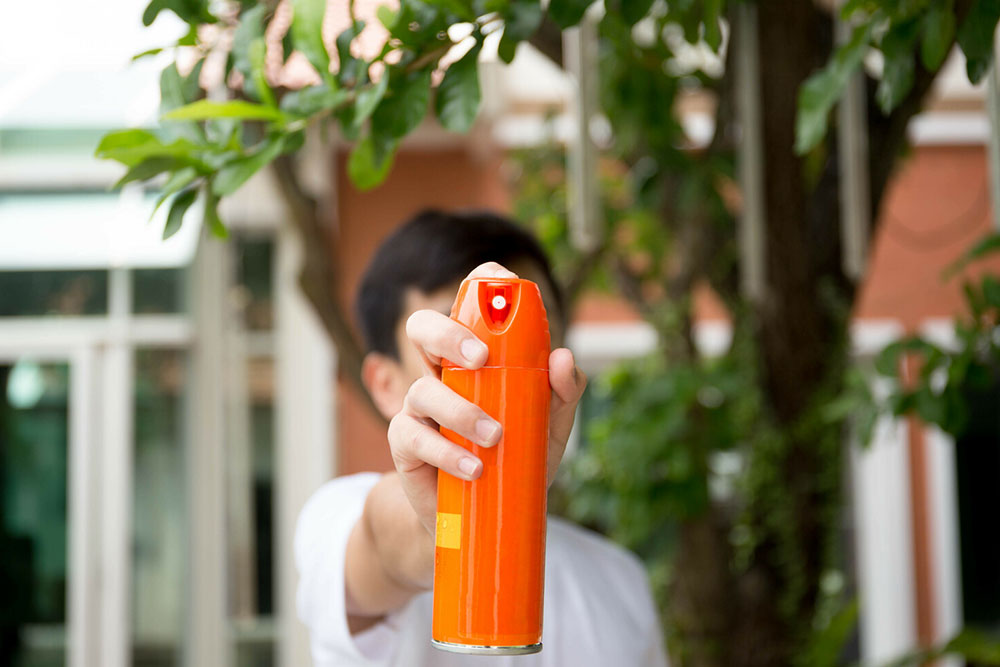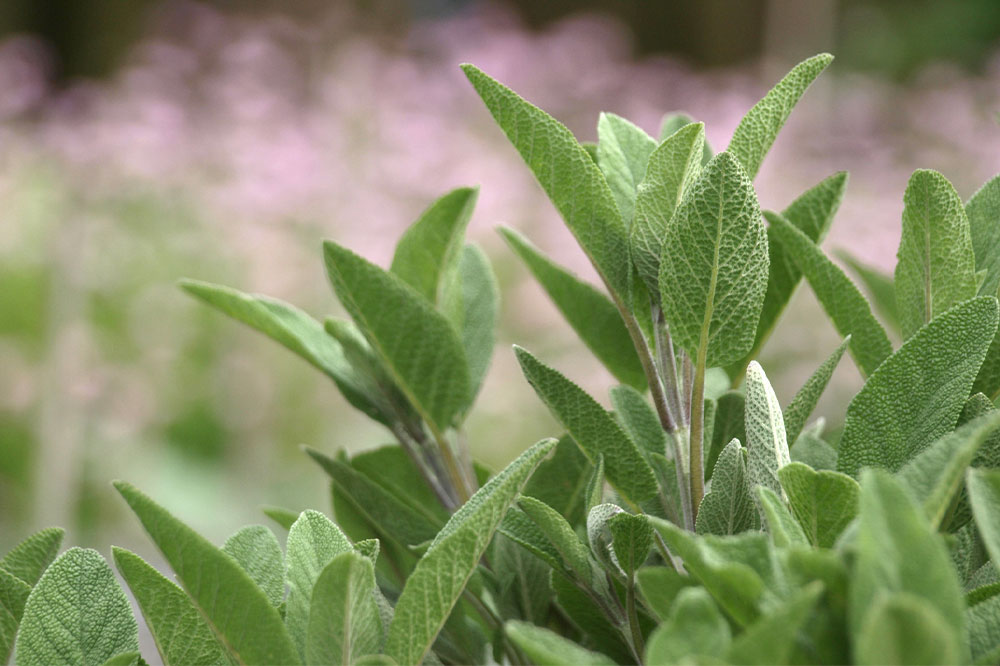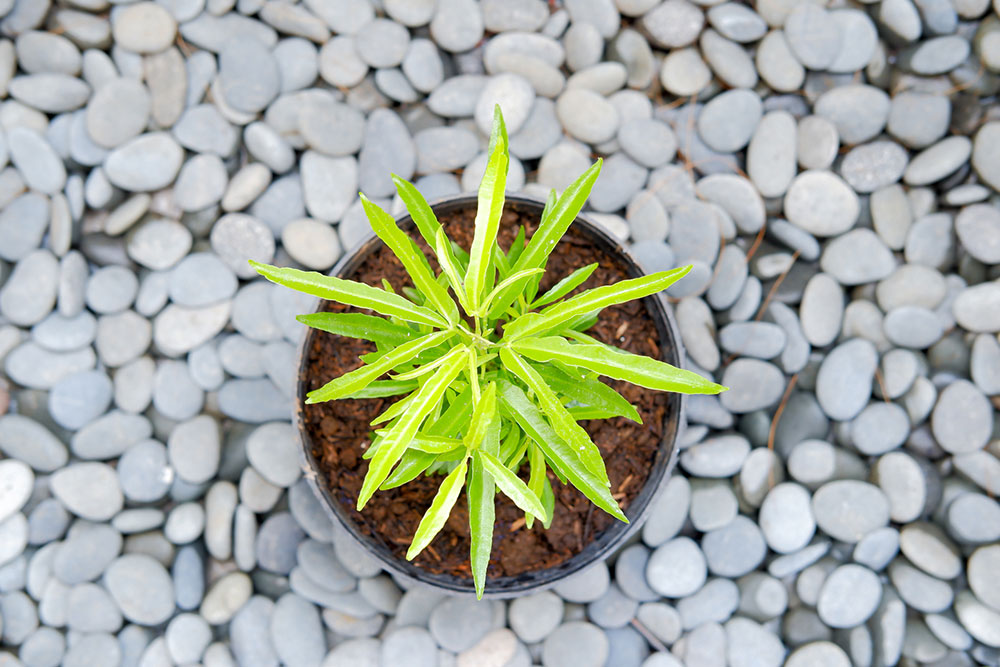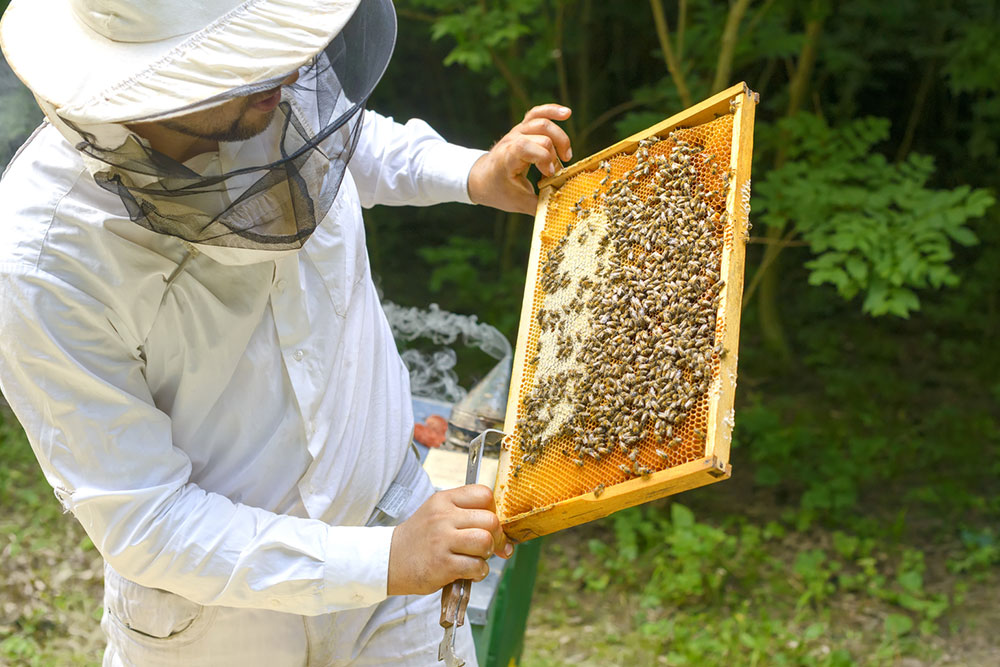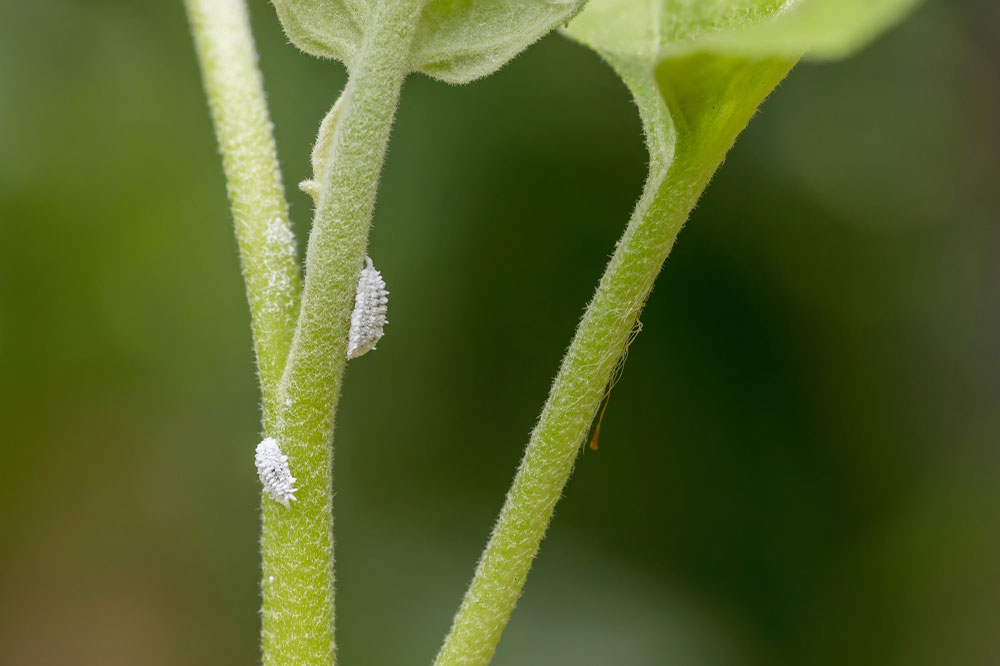Effective Natural Strategies to Eliminate Lawn Grubs
Discover natural and effective methods to control lawn grubs, including encouraging natural predators, applying beneficial microbes like milky spores, using neem-based solutions, introducing nematodes, and employing cultural practices like aeration. These eco-friendly strategies help maintain healthy lawns while minimizing chemical use, suitable for environmentally conscious homeowners and landscapers seeking sustainable pest management. Proper timing and consistent application enhance success in clearing grub infestations and protecting your lawn's health.
Sponsored
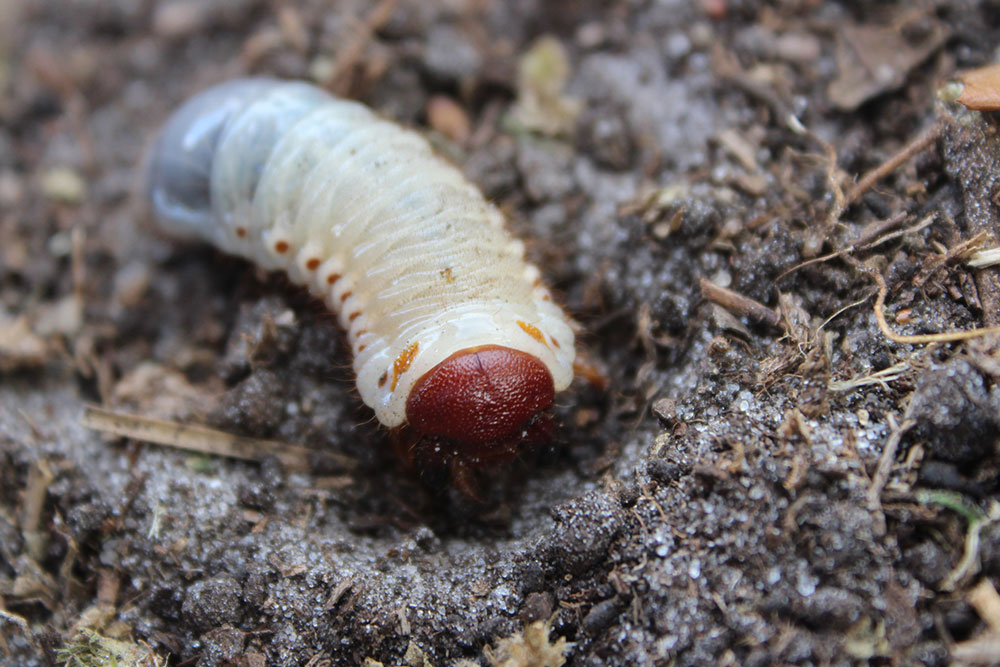
Grubs are the larval stage of insects like Japanese beetles, June bugs, and chafers, which feed on grassroots and organic matter. They flourish during spring and summer, damaging lawns by creating patches, making the grass appear drought-stressed, and attracting pests such as skunks and raccoons.
Encourage natural predators
Birds like chickadees, blue jays, robins, and even backyard chickens are effective at controlling grub populations. Creating inviting environments with birdbaths, feeders, and birdhouses encourages these helpful creatures to visit your lawn.
Reduce soil moisture
Grubs require damp conditions to thrive. By reducing watering during peak seasons, especially around July, homeowners can create drought-like conditions that prevent eggs and young grubs from surviving. Caution is necessary with this approach to avoid damaging the overall health of the lawn.
Apply milky spore bacteria
Milky spores contain bacteria effective against Japanese beetle grubs. Available in powder or granule forms, these spores are best applied multiple times over a couple of years. After consistent application, their effects can last for decades, offering a sustainable control method. Environmental factors such as temperature, moisture, and soil type influence their success. They work best between 60-70°F.
Use neem-based products
Azadirachtin, derived from neem oil, effectively targets Japanese beetle larvae. Regular application of azadirachtin or pure neem oil helps control grub populations. However, these treatments don't prevent eggs from being laid or kill mature beetles, so ongoing management may be necessary.
Introduce beneficial nematodes
Nematodes are parasitic worms that naturally attack grub larvae without harming the lawn. They are easily sourced from garden stores and should be applied early in the morning or late afternoon for optimal effectiveness. Multiple yearly applications over several years may be needed for complete eradication. Avoid using chemical insecticides, as they can kill nematodes and reduce their effectiveness.
Create a DIY grub control solution with borax
Diluted borax can be sprayed on grub-infested areas as a short-term remedy. Caution is advised since excessive use can damage the lawn due to the boron content.
Aerate and dethatch the lawn
Regular aeration reduces soil compaction, making it harder for grubs to hide and survive. Aerating also enhances the effectiveness of biological control methods like spores and nematodes by improving their penetration into the soil.
For those who prefer chemical options, applications of insecticides such as carbaryl and trichlorfon are effective. Carbaryl acts within two weeks but should be applied cautiously due to toxicity risks. Trichlorfon acts faster, killing grubs within 1-3 days. These chemicals are best used during peak grub activity in spring or fall, under professional guidance. Additionally, preventative treatments with insecticides such as imidacloprid, thiamethoxam, or clothianidin are highly effective when applied in June and July with proper watering.


